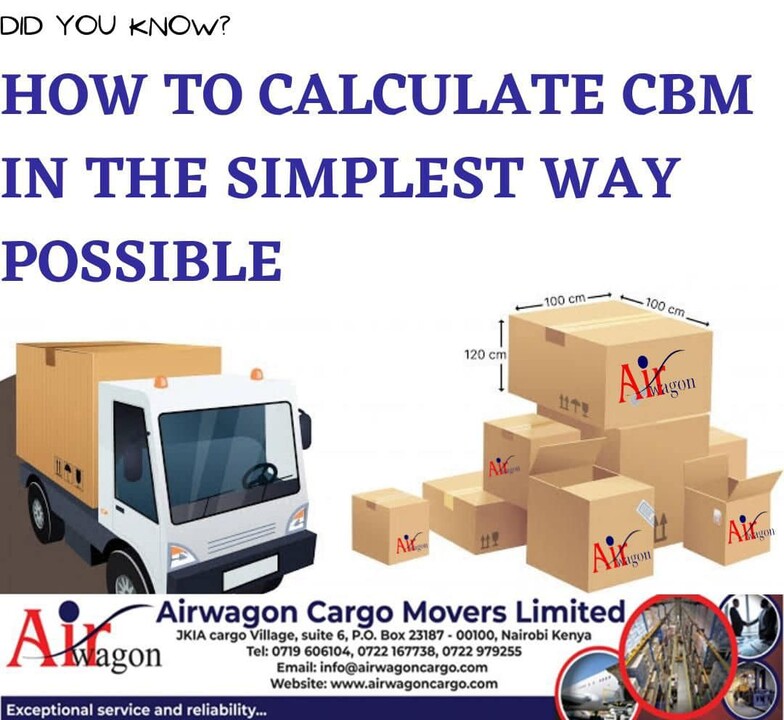ニュース How do you calculate cargo?. トピックに関する記事 – What is the formula for cargo volume
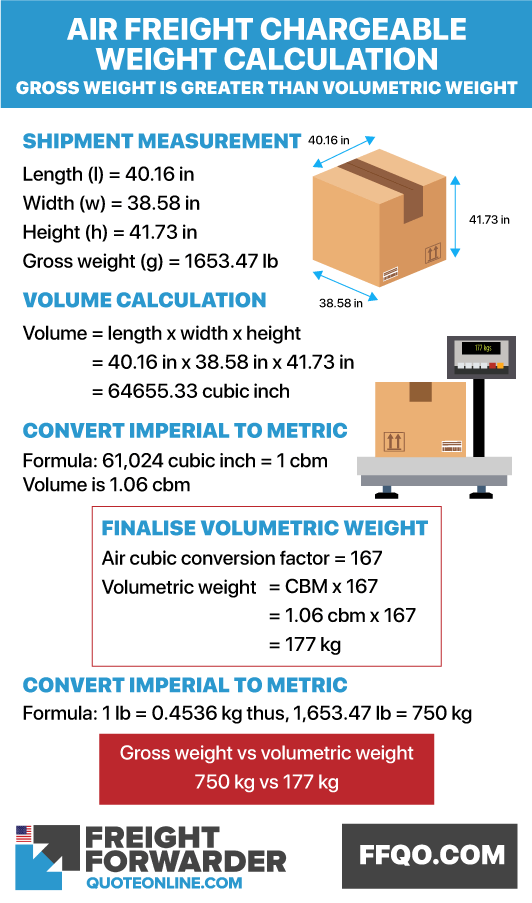
Length x Width x Height = Volume
Make sure that the volume is converted into cubic metres (m3) or cbm. If you are measuring the dimensions in inches, then you need to convert the volume from cubic inches to cbm (1 cbm = 61,024 cubic inches).Calculate a General Cargo Rate (GCR) Before calculating air cargo rates, air freight forwarder should calculate the chargeable weight of cargo by dividing the length x width x height (All in cms) by 6000. I the result (figure) is higher than the actual weight, the cargo is volumetric air cargo.Airfreight and Road transport
The volume ratio is 1:6 or 1 metric ton 1000:6 = 166.66 kilo. This means that 167 kilo should not exceed the space of 1 cubic meter. If a consignment of bicycles and furniture has an actual weight of 167 kilo and takes space for 1.73 cubic meter.
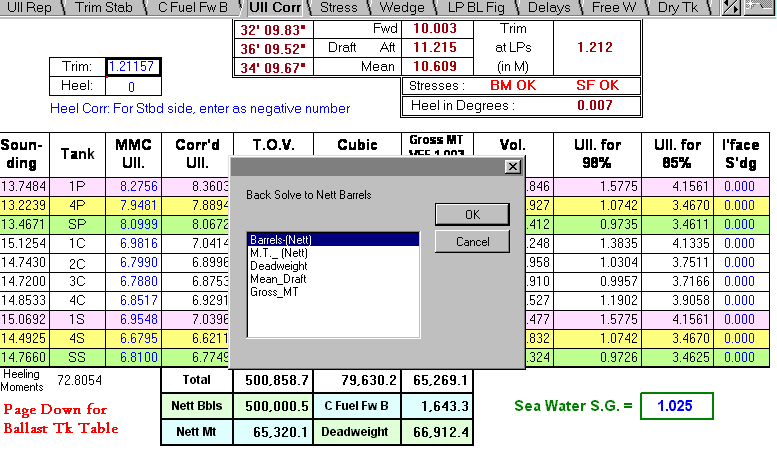
How is air cargo calculatedHere is a simple formula for calculating volumetric weight When shipping freight via a freight forwarder airline: Length x Width x Height in centimetres / 6000 = Volumetric weight in kilograms rounded up to the nearest 0.5kg.
How do you calculate cargo load on a ship
Cargo Weight (Wc): To find the weight of the cargo, you need to calculate the difference in displacement between the initial and final readings and then divide it by the density of seawater. The resulting value, Wc, represents the estimated weight of the cargo on board the vessel.Decoding Cargo Volume: What It Means for You
This measures how many cubic feet the vehicle has for carrying things, excluding passengers and including any trunk space. For a three-row SUV, this will include the space behind the second row with the third row folded down.
What is general cargo rate
The rate a carrier charges for the shipment of cargo that does not have a special class rate or commodity rate.
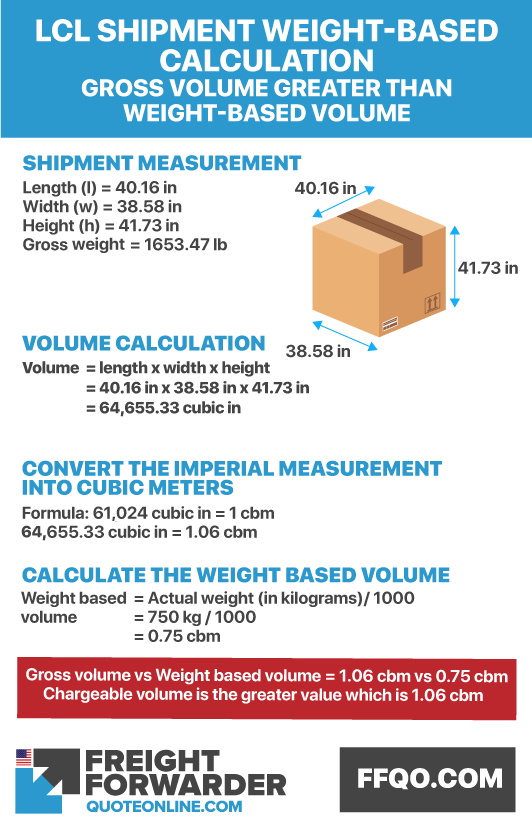
The Cargovalue platform allows teams to efficiently plan and manage their shipping schedule and inventory in one unified solution in real-time. The result is a single source of information from planning to production enabling companies to lower risk and reduce cost.
How many CBM is 1kg
CBM, although is the volume of your shipment, the volume may be used for some other purposes, which includes important international freight calculations for courier, air or sea. Below is the conversion of kg to CBM for sea freight easy calculation. 1 kg = 0.001 CBM. 10 kg = 0.01 CBM.The standard formula used is length (cm) x width (cm) x height (cm) ÷ 6000 = volumetric weight (KG)/1 CBM ≈ 166.6666 KG.Calculate volumetric weight for courier delivery
- Multiply the 3 dimensions. Multiply the length x height x width of your parcel in cm.
- Divide the answer by 5,000* You've now calculated the volumetric weight in kg.
- Compare to the physical weight.
The stowage factor is calculated: one large ton or 2240 pounds multiplied by volume in cubic feet. The result is divided by the weight of the load in pounds.
What is dimension in cargoDimensions (dims) include: Measurements of the cargo (length by width by height) Weight of the cargo. Count (i.e. cartons)
What is the cargo area of a truckThe bed is the part of the truck where the load or cargo is hauled. It is behind the cab, where the driver and passengers are transported.
What is included in general cargo
General cargo includes goods typically transported in bags, boxes, crates, drums, or barrels.
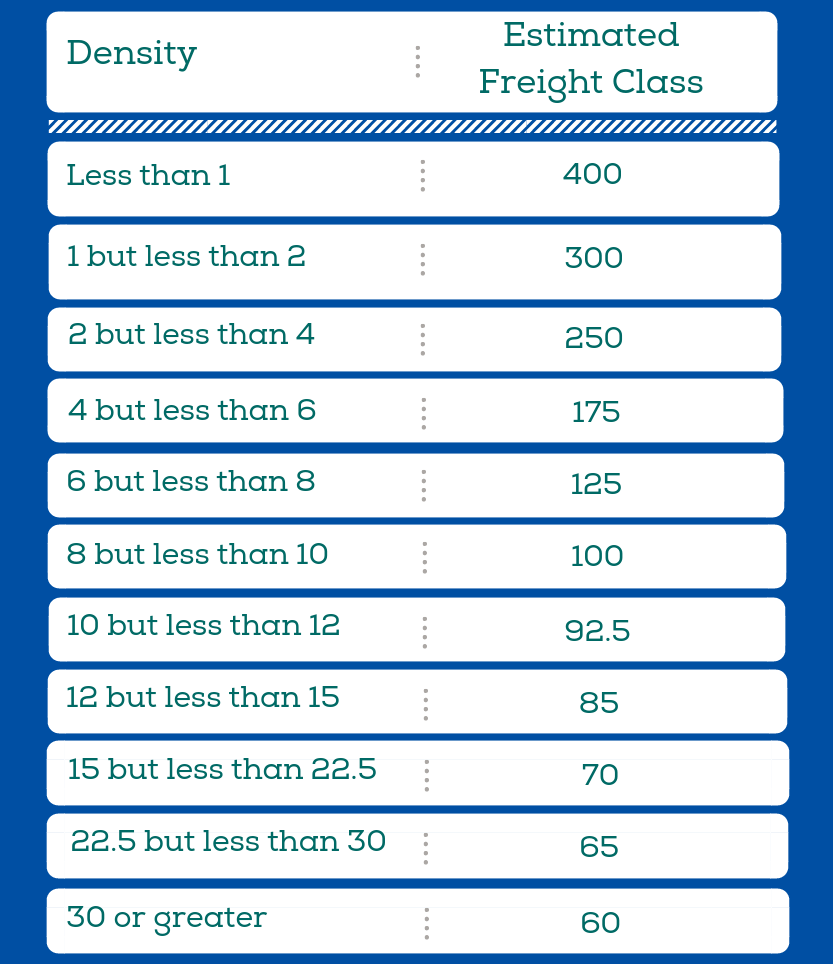
The value of cargo shipment can mean any of the following: The cost of the goods to the shipper. The replacement cost to the shipper. The various out of pocket costs to the shipper which includes freight, insurance, government fees, and taxes.Cargo Quantity means the volume or quantity of the Cargo that is either loaded or discharged at the Delivery Port.166.6666 KG
1 CBM to kg in air freight
Calculating CBM for air cargo is different from sea shipment. The standard formula used is length (cm) x width (cm) x height (cm) ÷ 6000 = volume weight (KG)/1 CBM ≈ 166.6666 KG.

